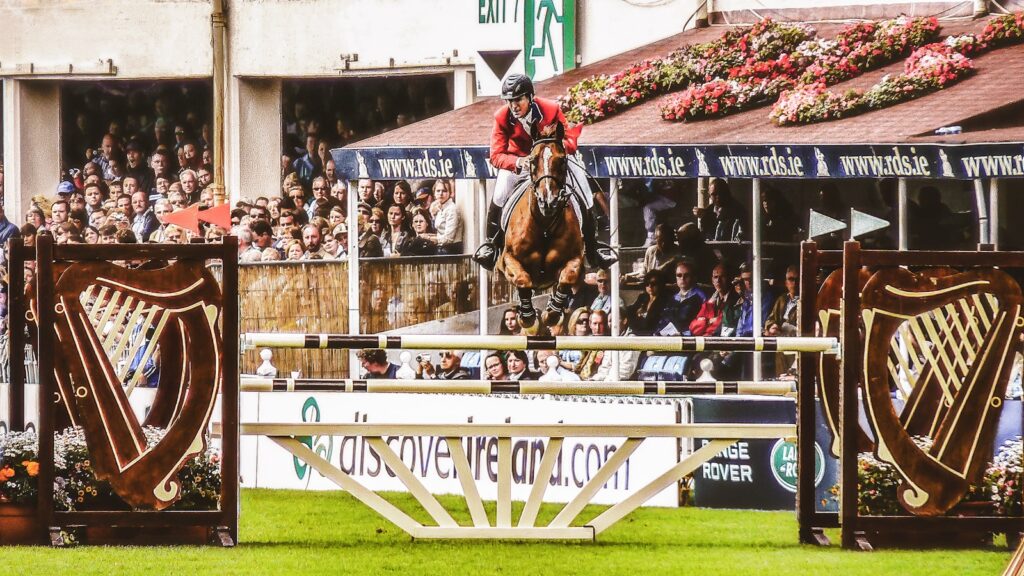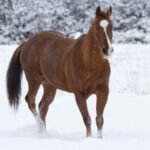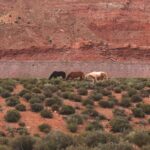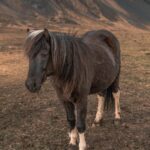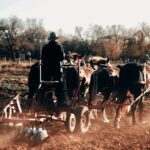Ranch life conjures images of cowboys working cattle, dusty trails, and the practical, everyday use of horses as working animals. However, beyond the routine ranch tasks lies a vibrant, competitive, and culturally rich world of equestrian events that have deep roots in working ranch traditions. These events celebrate the skills required for successful ranching while transforming them into spectacles of horsemanship, athleticism, and partnership between human and horse. What might surprise many is how these competitions balance practicality with pageantry, tradition with innovation, and work with sport. Let’s explore the fascinating and often unexpected aspects of equestrian events in authentic ranch life that go beyond the romanticized portrayals in popular culture.
The Working Origins of Competitive Events
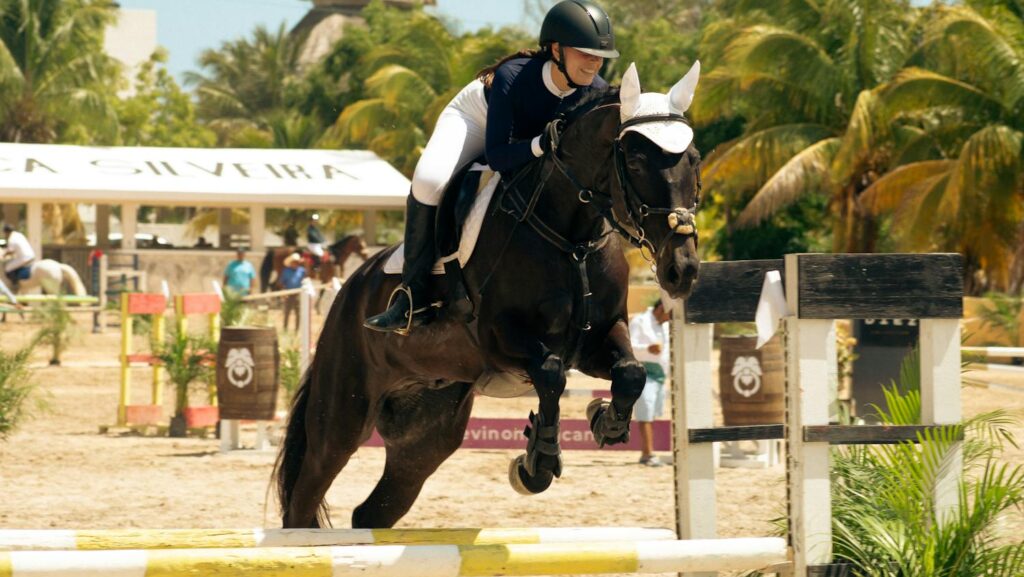
Unlike many modern sports that were created purely for entertainment, ranch-based equestrian competitions evolved directly from necessary daily tasks. Events like team roping, barrel racing, cutting, and reining all originated as practical skills ranchers needed to manage livestock efficiently and safely. What began as cowboys challenging each other to demonstrate their working prowess gradually formalized into structured competitions with specific rules and techniques. This practical foundation remains evident today, with many competitions judged on how effectively they replicate real ranch work. Even as these events have evolved into highly specialized competitive formats, the best competitors maintain that connection to practical application, understanding that a winning run in the arena should translate to effective work on the ranch.
Women’s Historic and Contemporary Prominence

Contrary to the male-dominated portrayal of ranch life in film and literature, women have long played crucial roles in ranch equestrian traditions and competitions. Dating back to the early 20th century, female ranch hands and family members competed alongside men in various events, with some competitions like barrel racing eventually becoming traditionally female-dominated. Today’s ranch rodeo circuit features women competing at elite levels in all disciplines, from breakaway roping to team sorting and cutting horse events. Many successful ranching operations are now headed by women who simultaneously compete at high levels, bringing innovation to both the business and competitive aspects of ranch life. Historical figures like Fannie Sperry Steele, who won the World Champion Bucking Horse Rider title in 1912 and 1913, established precedents that continue to influence modern female competitors in ranch equestrian events.
The Economic Impact Beyond Prize Money
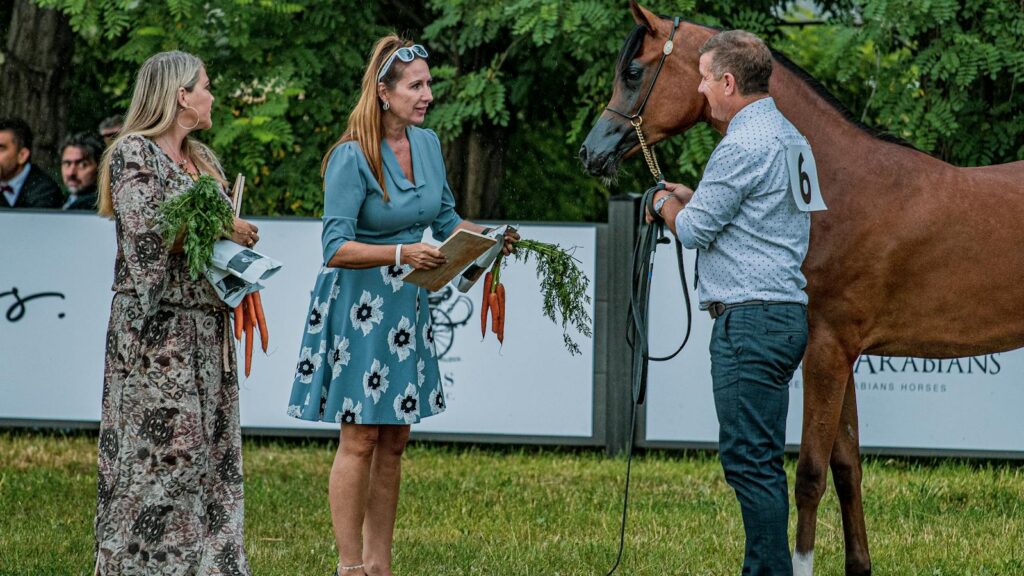
While top competitors can earn substantial prize money at major events, the economic influence of ranch equestrian competitions extends far beyond the arena payouts. These events have spawned entire industries around specialized training, breeding programs, equipment manufacturing, and facility development. Many rural communities depend heavily on the economic boost provided by hosting competitions, with some small towns seeing their populations temporarily multiply tenfold during major events. For working ranches, success in the competition arena can transform their horse breeding programs, with offspring of winning horses commanding premium prices and creating sustainable additional income streams. Beyond direct earnings, the networking and relationship-building that occurs at these events often leads to valuable business partnerships, land deals, and collaborative ventures that benefit ranching communities year-round.
Cultural Exchange and Regional Variations
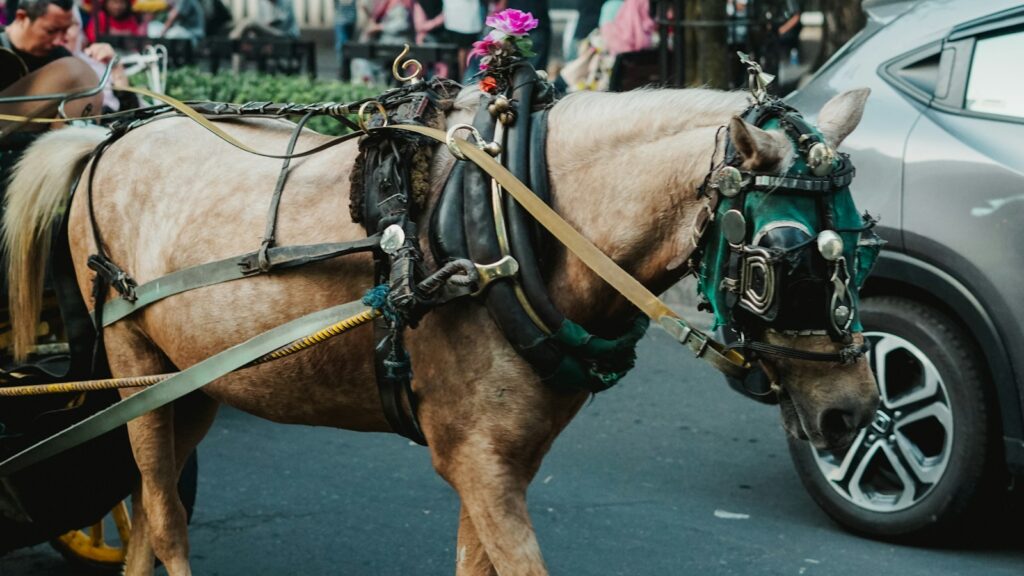
Ranch equestrian events serve as important cultural touchpoints that preserve and evolve regional ranching traditions across different geographic areas. The buckaroo traditions of the Great Basin, with their California-style romal reins and slick-fork saddles, contrast distinctly with the Texas brush country techniques featuring short ropes and different horsemanship approaches. These regional differences manifest in variations of rules, equipment preferences, and judging standards across competitions. International exchange has further enriched the cultural landscape, with Mexican charrería traditions influencing American ranch events and vice versa. Many ranching families participate in cultural exchange programs that take their horses and skills to demonstrations in countries worldwide, serving as cultural ambassadors while learning techniques from other ranching cultures that they incorporate into their own operations.
Technological Innovation Meets Tradition

Despite the traditional appearance of ranch equestrian events, surprising technological innovations have transformed how competitors train, compete, and care for their animals. Advanced analytics now track horse movement patterns, with some trainers using motion sensors to analyze stride length, timing, and consistency during practice sessions. Genetic testing helps breeding programs identify potential performance traits and health concerns before making breeding decisions, dramatically accelerating the development of specialized competition horses. Even traditional equipment has seen technological advancement, with saddle makers using pressure-mapping technology to design improved fits, and rope manufacturers developing synthetic materials that outperform traditional natural fibers in specific conditions. This balance between honoring tradition and embracing innovation creates a fascinating dynamic where competitors might use centuries-old techniques alongside cutting-edge technology in pursuit of competitive advantage.
The Hidden Mental Game
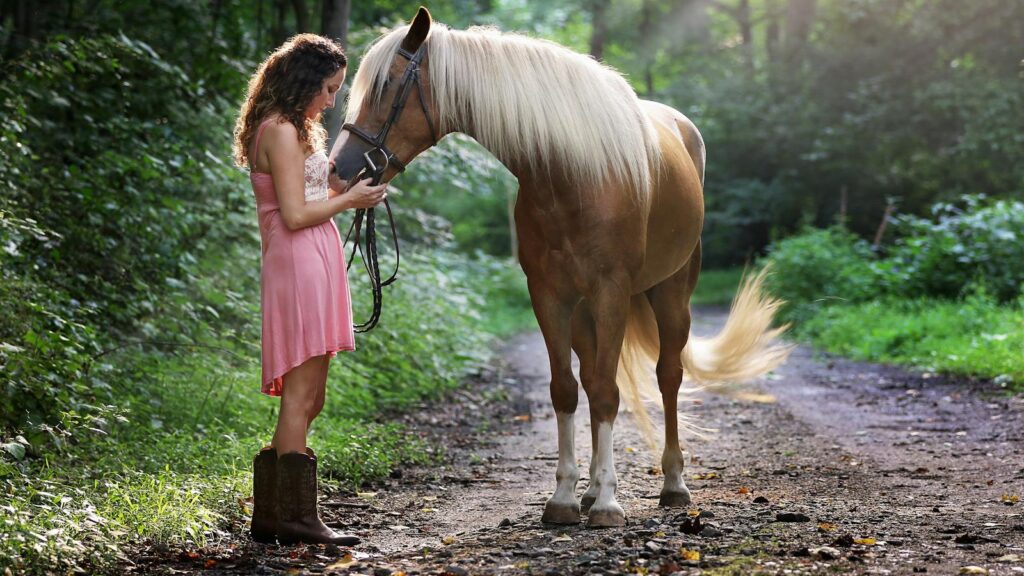
Behind the physical spectacle of ranch equestrian events lies an intense mental discipline that competitors rarely discuss publicly but consider essential to success. Top competitors often employ sports psychologists and mindfulness coaches to develop mental strategies for managing the immense pressure of competition. Visualization techniques are particularly important, with many riders spending hours mentally rehearsing their performances in precise detail before ever entering the arena. The unpredictable nature of working with animals adds another mental dimension, as riders must maintain absolute focus while simultaneously remaining flexible enough to adjust instantly to their horse’s responses. Many championship-level competitors credit their success more to mental preparation than physical skill, with some developing elaborate pre-competition routines designed to achieve optimal psychological states before competing.
Cross-Training and Athletic Development
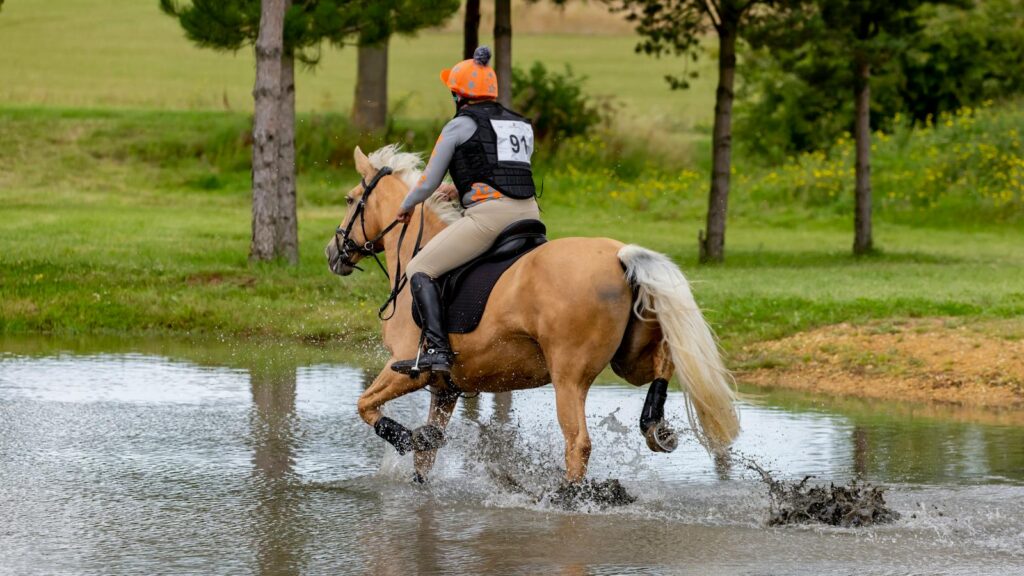
The athletic demands placed on ranch event competitors extend far beyond horseback riding skills, requiring comprehensive cross-training regimens that surprise many outside observers. Elite competitors frequently incorporate yoga and Pilates for core strength and balance, with many following structured strength training programs targeting the specific muscle groups used in their events. Cardiovascular conditioning proves essential for events that require sustained physical exertion, while flexibility training helps prevent injuries during the explosive movements common in ranch competitions. The physical preparation extends to diet and nutrition, with competitors working with nutritionists to optimize performance through specialized eating plans. This professional approach to athletic development represents a significant shift from historical perspectives, when ranch competitions were viewed as showcases of skills developed through daily work rather than dedicated athletic training.
Unexpected Conservation Connections
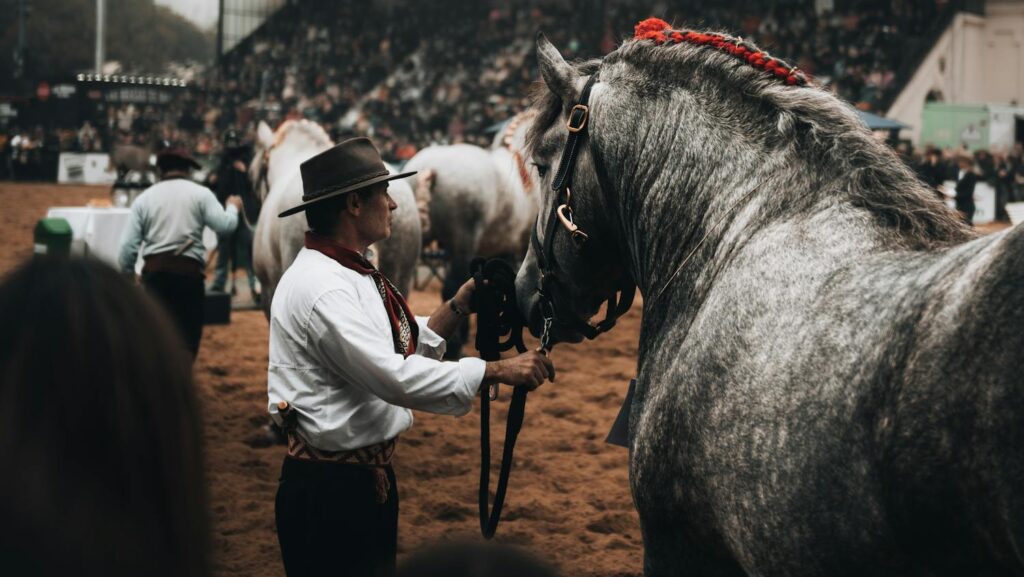
Ranch equestrian events have forged surprising partnerships with land conservation and ecological sustainability movements in recent decades. Many event organizers have implemented practices that demonstrate responsible land stewardship, from rotational grazing programs on competition grounds to water conservation systems. Competitors frequently serve as advocates for preserving working rangelands, recognizing that the future of their sport depends on maintaining healthy ecosystems that support both competitive events and working ranches. Educational components at major competitions now often include demonstrations of regenerative ranching practices that benefit both competitive training and ecological health. The alliance between competitive success and conservation creates a powerful platform for promoting sustainable land management practices within communities that might otherwise be skeptical of environmental initiatives.
Multi-Generational Knowledge Transfer
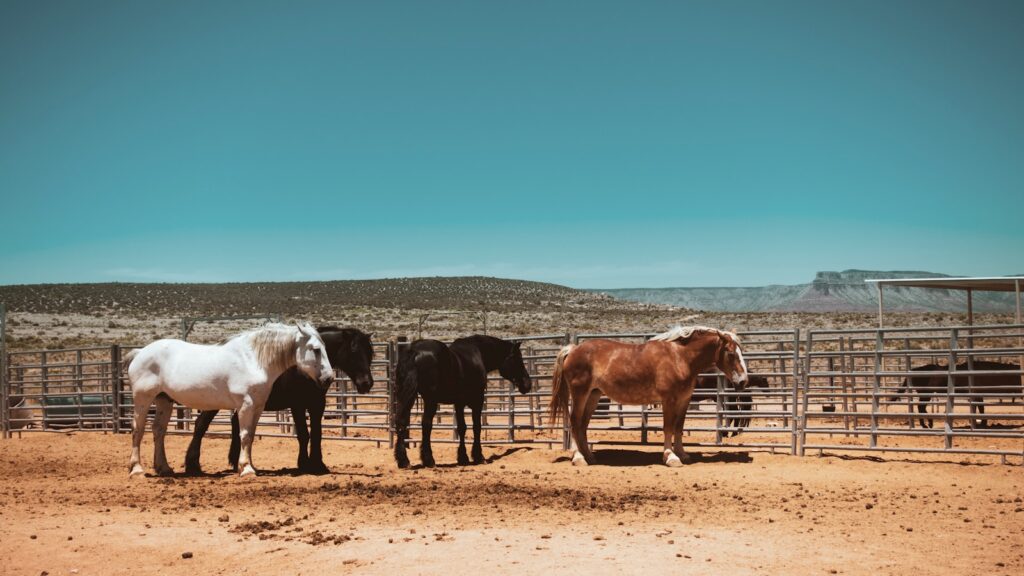
Ranch equestrian events serve as crucial vehicles for passing specialized knowledge between generations in a way that preserves traditional wisdom while allowing for evolution and growth. Young competitors often receive mentoring not just from their immediate family but from community elders who hold specialized knowledge about horse training, livestock behavior, and competition strategy. This knowledge transfer process creates unusual social structures where teenagers might regularly seek guidance from competitors in their seventies or eighties, preserving techniques that might otherwise be lost. Many ranching families can trace specific training methods or competition strategies through five or more generations, with each generation adding refinements while maintaining core principles. The resulting community knowledge base represents an extraordinary living library of equestrian wisdom that continuously adapts to changing conditions while honoring its historical foundations.
The Therapeutic Dimension

Beyond competition, many ranch equestrian events have developed significant therapeutic components that serve both participants and wider communities. Specialized divisions for riders with physical or developmental disabilities have become increasingly common, using the structured environment of ranch events to build confidence and develop skills. Veterans’ programs have particularly flourished in the ranch equestrian community, with many finding that the combination of focused horsemanship and rural environments helps address PTSD and transition challenges. The skills developed for competition—timing, focus, non-verbal communication, and emotional regulation—transfer effectively to therapeutic applications. Many champion competitors now dedicate significant time to therapeutic programs, finding that sharing their expertise in these settings provides personal fulfillment beyond competitive success.
Language and Specialized Communication
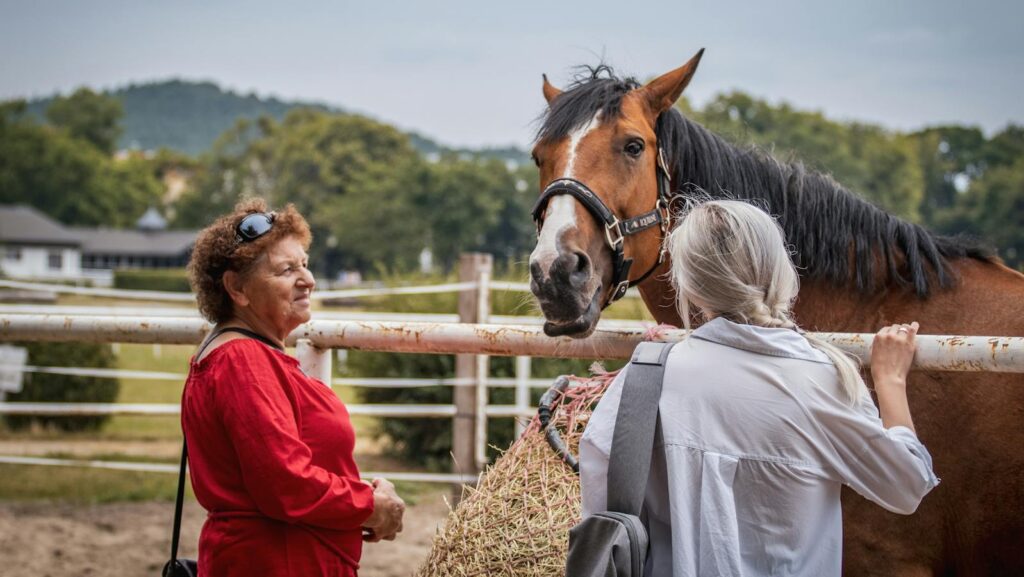
Ranch equestrian events have developed their own rich specialized vocabulary and communication systems that create linguistic communities separate from mainstream equestrian pursuits. Terms like “rate,” “broke,” and “gather” carry precise technical meanings that differ significantly from their everyday usage and even from their usage in English riding disciplines. Non-verbal communication plays an equally important role, with subtle body positions and minimal rein movements constituting a sophisticated physical language between horse and rider. This specialized communication extends to judging systems that evaluate nuanced qualities like “cow sense” or “feel”—concepts readily understood within the community but challenging to explain to outsiders. The precision of this technical language reflects the specialized nature of ranch equestrian skills and helps maintain the distinct identity of these events within broader equestrian culture.
International Growth and Adaptation
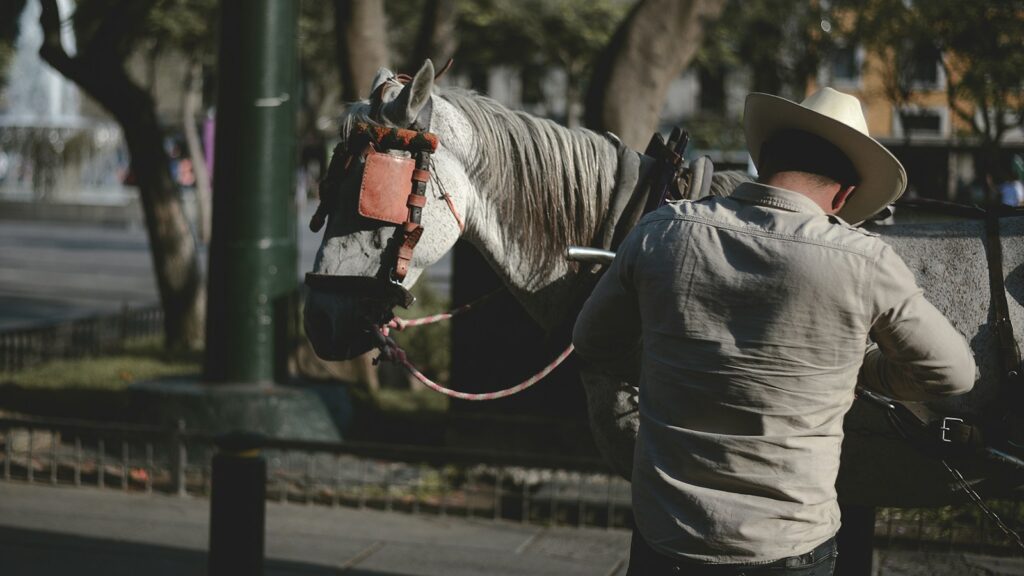
Though deeply rooted in American and Mexican ranching traditions, ranch equestrian events have experienced remarkable international growth, adapting to diverse cultural contexts while maintaining their essential character. European countries like Italy, Germany, and France now host major reining and cutting competitions, with competitors developing their skills despite having no historical ranching tradition. Australian ranch events have evolved their own distinct characteristics reflecting the unique conditions of station life in the Outback, while Brazilian competitions incorporate elements from their cattle-raising traditions. This global expansion has created fascinating cultural fusions, with Japanese cutting horse competitions maintaining meticulous attention to traditional American techniques while adding distinct organizational elements reflecting Japanese cultural values. The resulting international community maintains a shared core of ranching values while embracing diverse expressions of equestrian skill adapted to local conditions and cultural contexts.
The Future of Ranch Equestrian Traditions
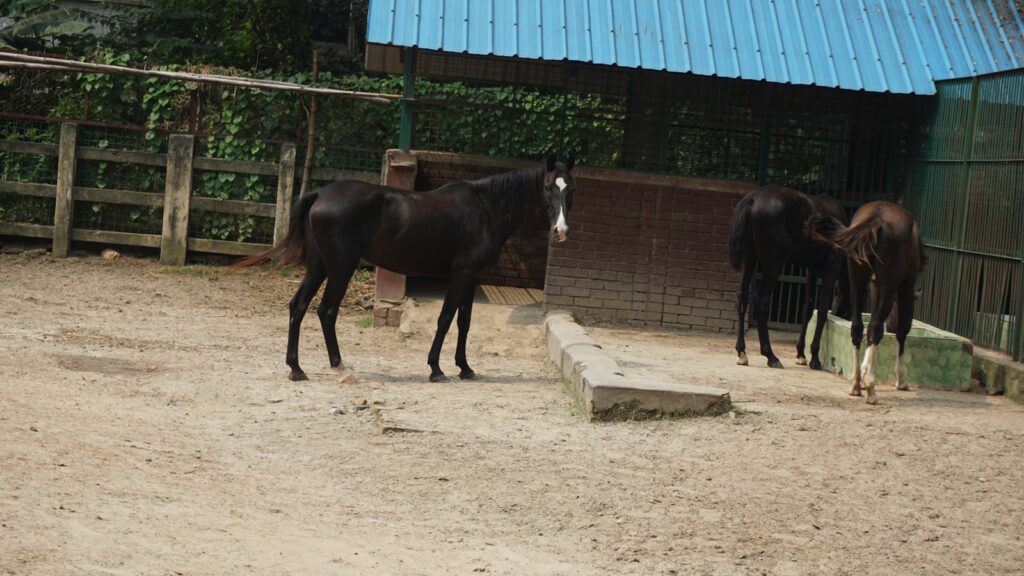
As ranching itself evolves in response to economic, environmental, and social changes, ranch equestrian events face both challenges and opportunities for future development. Digital technology is creating new ways to experience these events, with livestreaming bringing remote competitions to global audiences and virtual reality training systems helping develop skills in areas far from traditional ranching regions. Environmental considerations are driving innovation in facility design and horse management practices, with sustainable approaches becoming competitive advantages rather than regulatory burdens. Demographic shifts in participant communities reveal increasing diversity, with urban participants without ranching backgrounds bringing fresh perspectives while embracing the core values of the tradition. The most successful events balance preservation of authentic ranching heritage with adaptations that ensure these traditions remain viable and meaningful in contemporary contexts, ensuring these unique equestrian expressions continue to thrive for generations to come.
conclusion
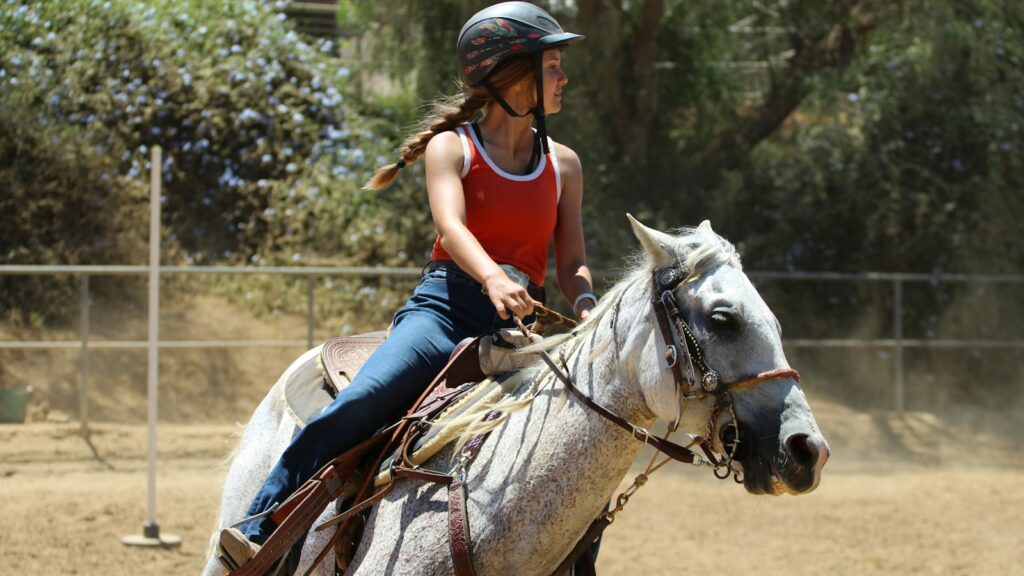
Ranch equestrian events represent far more than simple competitions or entertainment—they embody a complex cultural heritage that connects modern participants to centuries of practical horsemanship while continuously evolving to meet contemporary needs. Their surprising depth encompasses athletic achievement, cultural expression, economic impact, and community building in ways that remain largely invisible to casual observers. By understanding the rich complexity behind these events, we gain insight not just into a sporting tradition but into the resilience and adaptability of ranching communities that continue to find meaning and purpose in their distinctive relationship with horses and the land. As these traditions move forward, they carry with them both the wisdom of the past and the innovation necessary to thrive in an uncertain future.

